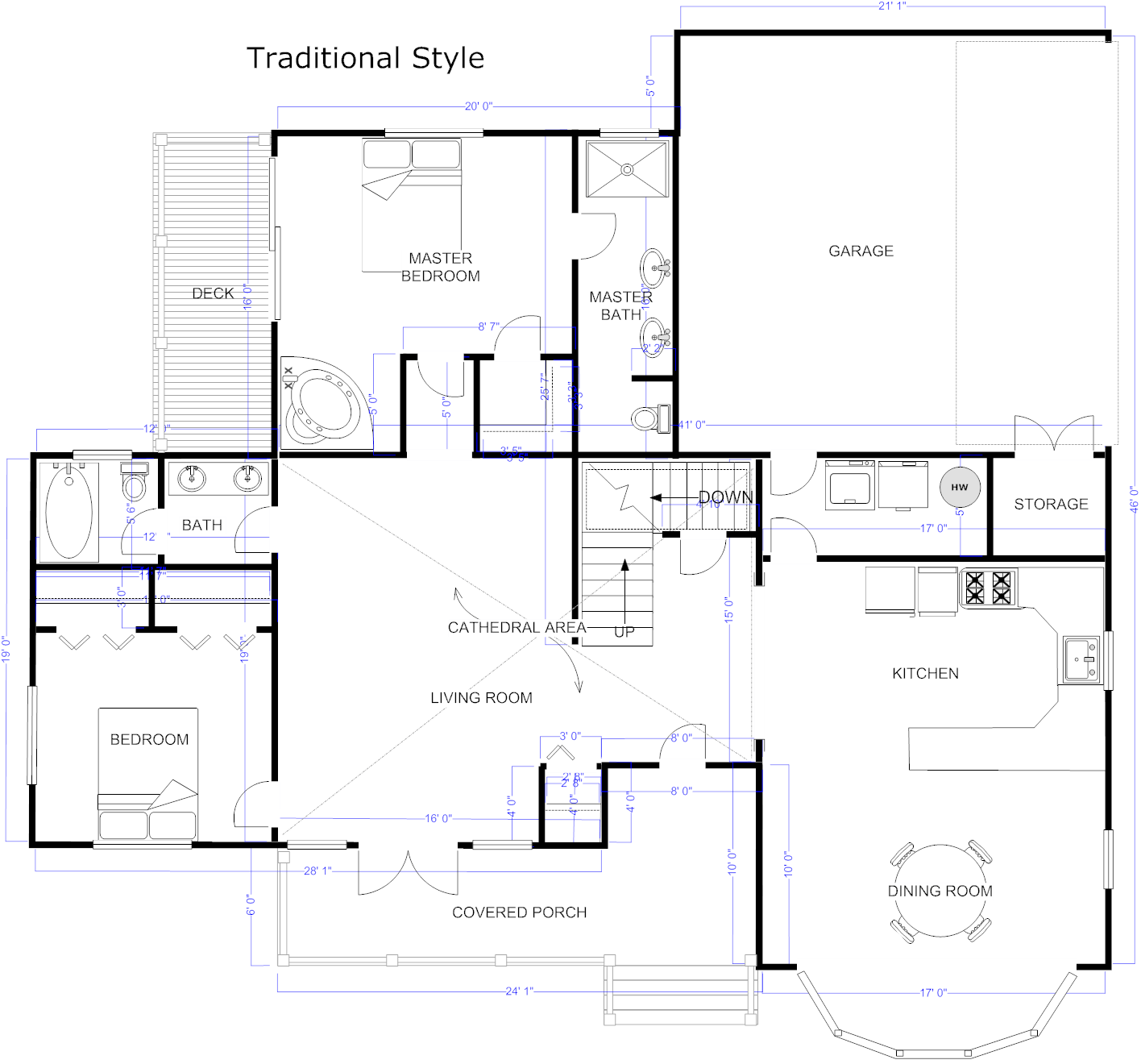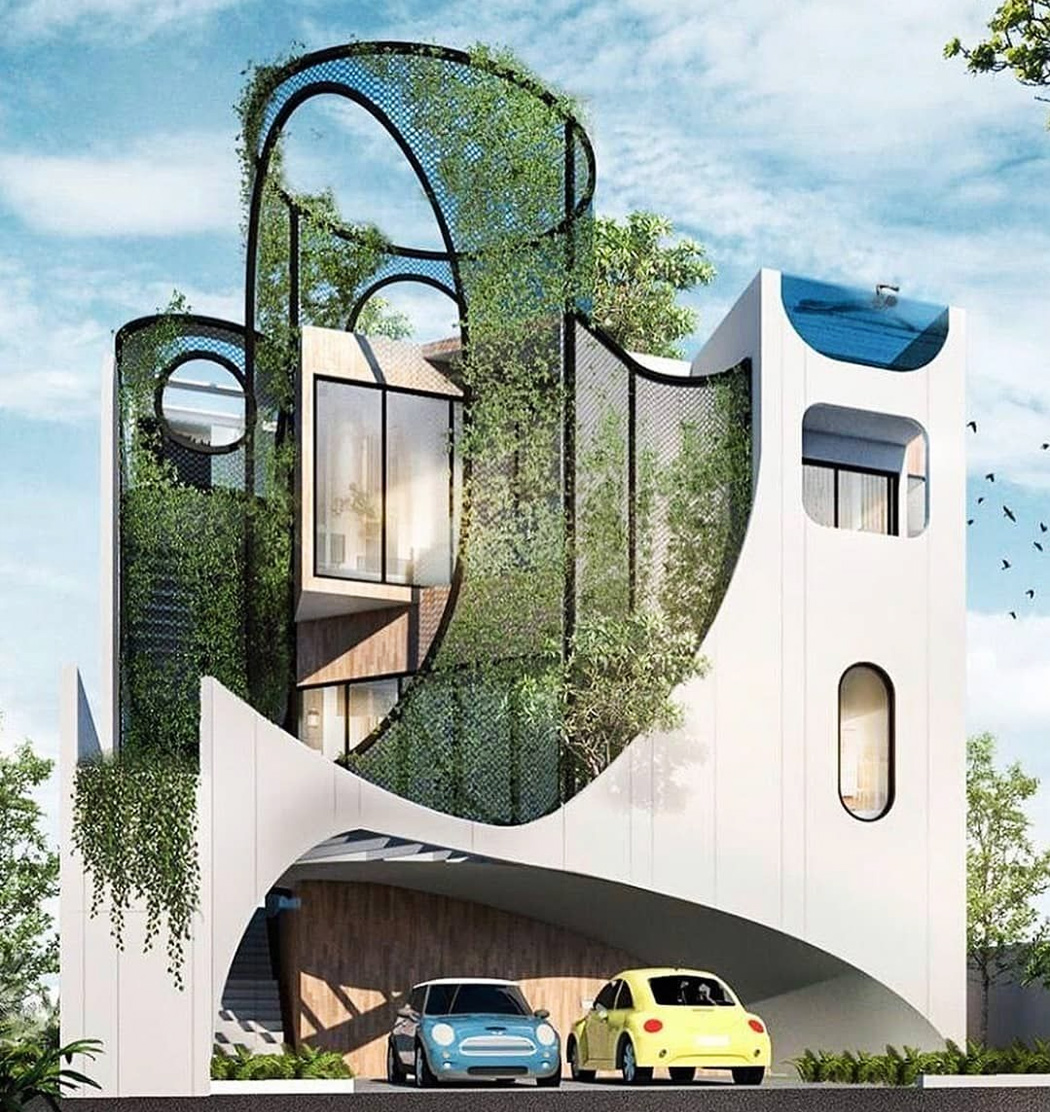A Thorough Review of Architectural Designs and Their Impact on Modern City Preparation and Advancement
Building styles have long offered as a mirror to the social worths and technical advancements of their time, playing a vital duty in forming modern city preparation and growth. From the magnificence of Neoclassicism to the practical approach of Brutalism, each style has presented unique principles that affect urban appearances and performance.
Historical Introduction of Architectural Designs
Throughout history, building designs have evolved in reaction to cultural, technological, and ecological aspects. Each duration reflects the dominating worths, ideas, and advancements of its time, bring about an abundant tapestry of style that represents human creativity and adjustment. The ancient civilizations, such as the Egyptians and Greeks, developed foundational styles that stressed balance and proportion, offering both functional and visual functions.
As cultures transitioned with the Center Ages, Gothic design emerged, identified by its verticality and complex detailing, mirroring the spiritual aspirations of the age. The Renaissance marked a resurgence of classical ideals, merging art and style in cutting-edge means that affected subsequent designs across Europe.
The Industrial Transformation introduced brand-new materials and building and construction methods, triggering motions like Modernism, which tested traditional types and welcomed simplicity and functionality. The 20th century saw a diversification of styles, with Postmodernism responding against the plain minimalism of its precursor, including historic references and diverse components.
Today, building designs remain to advance, driven by globalization and sustainability worries, mirroring a dynamic interaction between heritage and innovation. This historical overview underscores the value of style as a mirror of social evolution and as a catalyst for urban advancement.
Secret Architectural Styles Explained
The variety of building designs reflects the myriad impacts that shape our built atmosphere, each embodying distinctive characteristics and social relevances. Secret architectural styles consist of Classic, Gothic, Baroque, Innovation, and Postmodernism, each representing distinct historic contexts and visual ideologies.
Timeless style, rooted in ancient Greece and Rome, emphasizes symmetry, percentage, and the usage of columns. On the other hand, Gothic design, thriving between Ages, is characterized by pointed arches, ribbed safes, and flying buttresses, producing a spiritual high quality in sanctuaries. Baroque style, emerging in the 17th century, is marked by grandeur, intricate decoration, and a vibrant interplay of light and shadow.

Comprehending these designs provides insight right into the cultural narratives and technological advancements of their corresponding periods, highlighting how style offers not simply as a sanctuary, however as a reflection of societal values and goals.
Influence On Urban Preparation
In shaping the advancement of cities, building styles substantially influence metropolitan preparation choices. The option of building style commonly determines the looks, capability, and general character of city atmospheres.
In addition, building designs can affect zoning laws and land utilize plans. Urban planners need to take into consideration the dominating architectural patterns when making areas, ensuring that brand-new growths integrate with existing structures. This consideration promotes cohesive city landscapes and enhances area identity.
The implementation of particular building designs can additionally influence socioeconomic factors within a city. As an example, high-end modern styles might attract wealthy citizens and businesses, leading to gentrification, while a lot more budget-friendly real estate services might focus on practical and lasting designs to fit varied populaces. Ultimately, the interplay between architectural designs and urban preparation creates vibrant cities that show both historic context and contemporary requirements, shaping the lived experiences of their inhabitants.
Sustainability and Modern Design
Architectural styles play a pivotal function in attending to modern difficulties, particularly in visit this site the world of sustainability. As urban locations broaden and ecological worries magnify, modern design significantly accepts sustainable design principles that prioritize energy performance, resource conservation, and marginal environmental influence.
Contemporary building movements, such as helpful hints biophilic style and green design, supporter for structures that balance with their environments, utilizing all-natural materials and promoting biodiversity - cda architects. These designs usually include eco-friendly energy sources, such as photovoltaic panels and wind turbines, to minimize dependence on fossil gas and reduced carbon impacts
Moreover, the combination of advanced innovations, such as smart structure systems, enhances energy management, optimizing resource use while ensuring owner convenience. Ingenious water management methods, consisting of rainwater harvesting and greywater recycling, further add to lasting metropolitan settings.
Especially, sustainability prolongs past environmental worries; it encompasses social and economic dimensions too. By fostering neighborhood health and advertising inclusivity, modern-day building designs align with lasting growth goals. Consequently, the advancement of building techniques remains to shape resilient cities that not only meet the demands of the here and now but also guard the future for generations to find.
Neighborhood Engagement in Design
Neighborhood engagement in layout acts as an important bridge in between architects and the populations they offer, guaranteeing that the constructed environment reflects the needs and goals of its users. This joint procedure invites community members to add their insights and preferences, promoting a feeling of ownership and obligation toward the spaces they occupy.
Efficient neighborhood involvement utilizes numerous techniques, such as workshops, studies, and public online forums, to collect diverse perspectives (cda architects). you could try this out These methods promote a two-way dialogue, allowing architects to recognize regional contexts while empowering locals to articulate their problems and wishes. This inclusivity not just enhances the design top quality yet also advertises social equity by attending to the distinct difficulties faced by marginalized groups

Final Thought
Architectural styles have profoundly affected contemporary city preparation and growth, reflecting evolving cultural and technological contexts. The combination of historical aesthetic appeals with contemporary demands cultivates city settings that prioritize sustainability and neighborhood involvement. As cities continue to expand and adjust, the ongoing dialogue in between architectural heritage and contemporary layout principles will certainly continue to be necessary in producing inclusive, dynamic spaces that improve lifestyle and promote social equity. The future of metropolitan development rest on this harmonious balance.